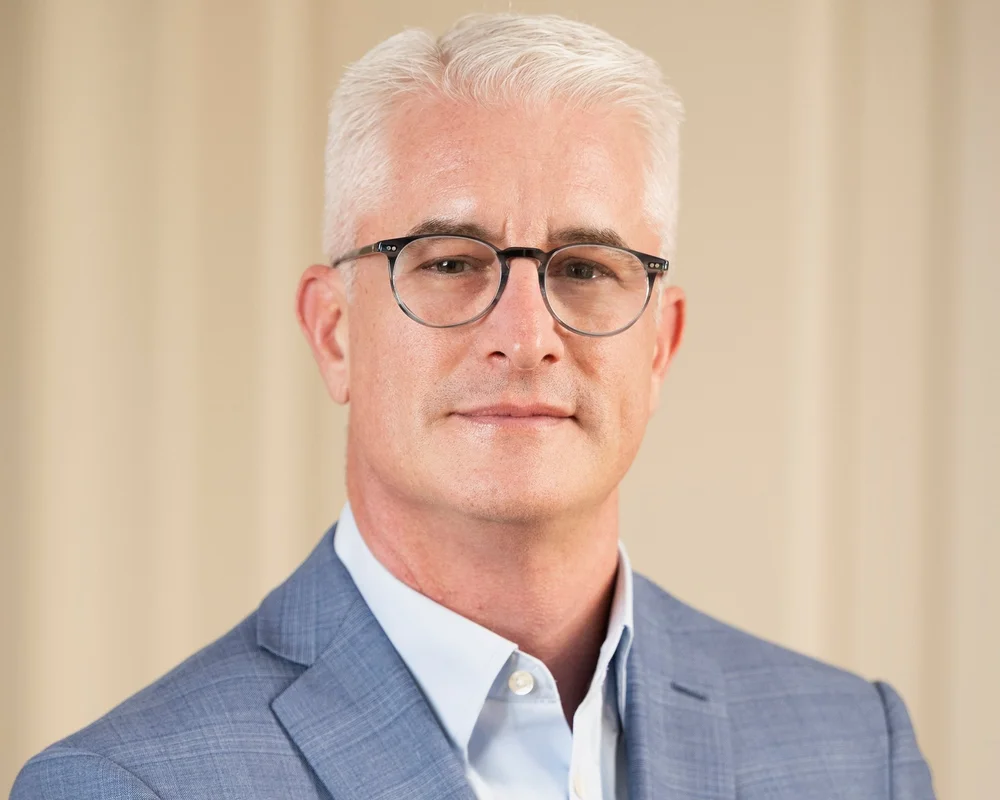This Industry Viewpoint was authored by Mattias Fridström, Chief Evangelist at Telia Carrier
Last fall, IBM cemented the legitimacy of hybrid cloud when it announced a record $34 billion deal to acquire Red Hat in the largest software acquisition ever, and IBM CEO Ginni Rometty projected that revenue for the hybrid cloud could reach $1 trillion by 2020. Now that hybrid cloud and multi-cloud strategies are here to stay, what does this mean for the wholesale carriers, cloud and communication service providers that provide connectivity to their customers and, ultimately, the end users of these environments? The drivers for hybrid and multi-cloud adoption include different corporate needs to support different environments where some applications and use cases are better suited for the pay-as-you-grow flexibility of the public cloud and others for the dedicated, secure and customized private cloud. Similarly, diverse needs are driving more flexible adoption of both public internet and private connectivity.
The public internet has the potential to become a thriving engine that provides lower-cost, alternative connectivity services for enterprises instead of the pricey, dedicated and inflexible long-term MPLS contracts of old. Enterprises are restructuring their networks around large colocation hubs where they can take advantage of competitively priced high-performance transport services and on-ramps to public cloud as well as private data centers. However, there seems to be a lack of conversation around when it makes sense to spend the extra dollars for a private, direct connection versus using the public internet. So, does it really matter how you connect? Well, yes. A dedicated scalable direct connection onto your cloud will always be best but does not make sense for every use case. Many enterprises are not carefully evaluating and asking questions about what cloud strategy, and consequently what type of connectivity, is best for their business. There is a current trend of companies publicly telling the market that their strategy is “cloud first,” but this is something businesses should probably spend some more time evaluating internally. That is easier said than done. Answering questions about the visibility and control of their data and how to best make this work economically is no small feat. After the optimal cloud strategy has been determined, they must then decide the best way to connect their business and customers to the cloud or private data center of their choice.
Either/Or, or Both?
According to an Enterprise Management Associates’ (EMA) research report, “Wide-Area Network Transformation: How Enterprises Succeed with Software-Defined WAN,” 87 percent of distributed enterprises are increasing their use of the internet as a primary WAN connectivity option. However, a majority, 52 percent, said they were supplementing MPLS with the internet. In other words, these companies are making no changes to their MPLS services.
Private network connections offering direct, cloud connect services are available from carriers, CSPs, and public cloud providers for businesses that do want separate, dedicated networks. These direct cloud connect services offer more flexible speeds, pricing, and contracts with faster time-to-deployment than older slow-to-provision private MPLS connections.
Using dedicated, private connectivity or the public internet to reach the cloud are both good, viable options. For example, smaller firms operating in just one or two countries may best be served by an SD-WAN-enabled low-cost public internet connection. For example, an office in New York connecting to a data center in California using the public internet can inexpensively deliver data on a round trip in just 20-30 milliseconds—fast enough to support most business-critical applications.
Larger firms with more branch offices or vertical industries handling big or sensitive data sets that involve strict compliance regulations such as healthcare, insurance, and financial services may still prefer to have high-performance, private, dedicated networks to meet extra cautious security, government and legal liability requirements. Even among these larger firms, they may wish to also have some public internet access for certain teams such as marketing to directly interact with customers, perform internet research, manage social media or use other online applications.
The Customer is King, Give ‘em What they Want
Keeping up with today’s market requires carriers, service providers and operators of all types to stay ahead of the technology curve and, most importantly, to listen to customers and support a positive experience for their end users. Customers today want their network connectivity to match the elasticity, agility and flexibility of the cloud—and now the hybrid cloud. Technologies such as SD-WAN and the overall softwareization of networks are fast making this a reality. As customers’ worlds become more complex, it’s essential to make their interactions with us more simple. We can do this by offering a balance of automated technology, putting their networks at their fingertips; and real people, solving problems in real time.
Despite being a wholesale carrier that offers both public internet and cloud connect services, we at Telia Carrier see the explosive growth of the cloud as providing plenty of opportunities for all types of providers and recognize this is not a zero sum game. No single firm should try to be all things to all people. In the telecom and cloud landscape, linking up with reliable best-of-breed technology partners enables us all to offer our customers allies that they can trust. Together, we can make the longest link the strongest, so our clients can get on with doing what they do best—focusing on their business growth and their end users’ experience.
Mattias Fridström
 Vice President and Chief Evangelist, Telia Carrier AB
Vice President and Chief Evangelist, Telia Carrier AB
With two decades of expert insight, Mattias Fridström strives to educate and challenge the status quo when it comes to network technology, and the essential role carriers and their partners play in our connected world.
Located in Stockholm Sweden, Mattias first joined Telia AB in Dec 1996. In 1998, he assumed the role within Telia International Carrier as head of the construction and implementation of the International Network within Europe and USA for the Carrier business.
Between 2003 and 2010, Mattias headed up the Product Management side of TeliaSonera International Carrier for Voice, IP, Capacity and Infrastructure related services and then he had the strategic responsibility for the complete and combined National and International Wholesale Product Portfolio within the TeliaSonera Group. Between January 2011 and June 2016, Mattias was the CTO of TeliaSonera International Carrier, and since July 2016 he is now the Chief Evangelist for Telia Carrier
Mattias holds an MSc in Electrical Engineering from the University of Wollongong, Australia.
If you haven't already, please take our Reader Survey! Just 3 questions to help us better understand who is reading Telecom Ramblings so we can serve you better!
Categories: Industry Viewpoint · SDN






Discuss this Post